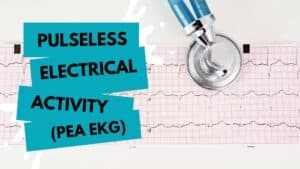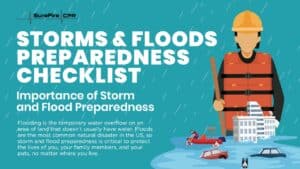It’s game day and your superstar is on the team sure to take the state championships. Electricity fills the air as spectators fill in the empty spaces surrounding the field’s periphery. Animated with the anticipation of victory, each team member takes position and the whistle blows for the game to begin. It’s one of the best games of the season and the play of each team reflects the motivation to win with a little more aggression than has been seen all year long. And then it happens…that one “hit” that sends both players to the ground right in front of where you are standing. Shaking his head to clear cobwebs, the opposing team player stands up and meanders to the opposite side of the field where his teammates are motioning to him. You glance down to the other player, the guy on “your team” and see he remains motionless, staring at you while he breathes rather heavily, obviously “his bell rung”. Right there, in front of you, only a foot from where you stand. But he still is not moving. No one seems to know what to do. What do YOU do next?
Offering assistance in this case seem to be the obvious “right” thing to do and one’s natural instinct is to immediately respond to an injury. The appropriate action is not always clear, particularly when it relates to a non life-threatening event. The case for “imminent peril” is not well defined in most instances and whether to assist an injured individual who appears to be breathing, perhaps awake and with a pulse, leaves the bystander questioning, “Now what do I do”.
Fortunately, the Good Samaritan Law can provide legal protection, particularly in states which have duty-to-assist requirements by law. For those states not requiring assistance unless immediate threat to life exists, the boundaries are fuzzy. Not always is assistance from an untrained healthcare professional with good intentions and instincts to “get him away from the scene of injury” the right action. In fact, in the example of the injured athlete above, something as simple as moving the victim can actually cause more harm. In a case such as this, the courts could actually rule that the victim was not in imminent peril with any assistance deemed inappropriate causing harm.
So how do you know when to assist and when not to?
If a responder begins rendering aid, he must not leave the scene until it is necessary to call for needed medical assistance, a rescuer of equal or higher ability takes over, or continuing to give aid is unsafe. The responder is not legally liable for the death, disfigurement or disability of the victim as long as the responder acted rationally, in good faith and in accordance with their level of training. (Rolfsen, ML 2007, Wikipedia)
A key phrase is “with their level of training”. Courses currently being offered in California, specifically CPR courses in Orange County, provide the training required to recognize and respond appropriately to these situations. This training gives confidence and invaluable skill to the bystander who witnesses an emergent event, bringing peace of mind.
Of course, everyone who has experience with a cell phone can utilize the 9-1-1 emergency response system which is always considered appropriate assistance under the Good Samaritan Act. This is one very important step to providing assistance. However there is more and obtaining consent may be another part of the process.
(To be Continued….)










